Beyond Compliance: Reimagining Safety as a Cornerstone of Workplace Wellbeing
At Wellbeing Think Tank’s July Educational Intensive, we welcomed Carlye Fabrikant, MS, CWP, to lead an insightful session on one an often-siloed aspect of employee wellbeing: safety.
Carlye’s perspective is uniquely positioned at the intersection of corporate wellness and safety programming. Drawing from her early work in sports medicine and her current leadership in employee wellness for a large public school district, she challenged us to think beyond physical hazards and towards a more expansive, inclusive vision of safety.
The Many Faces of Safety
We kicked off with a poll: “Does your company consider safety when planning wellness programs?” While most attendees had some integration, few had formal strategies. Carlye reassured us, this is a common starting point.
From there, she reframed how we think about safety. Yes, it includes PPE and proper lifting techniques, but it also touches:
A nurse's experience after being assaulted by a patient.
The stress load of an overworked executive.
A police officer’s readiness for a foot chase.
A bus driver’s ergonomic challenges.
The burnout that arises from job strain, lack of support, or work-family conflict.
Safety and Wellbeing: A Two-Way Street
A major theme was the inextricable link between safety and overall wellbeing. Carlye drew on case studies and data, including:
The “impression management” silence among nurses who fear speaking up.
Research on the impact of work-family conflict on psychological safety.
ROI data from Total Worker Health® and other integrated approaches.
She emphasized that safety isn’t just a compliance issue. It’s a culture issue. When workers feel safe, physically and psychologically, they're more likely to be engaged, productive, and retained.
Turning Insight Into Action: The 4 P’s
Carlye organized her recommendations using the “4 P’s” framework:
Plans: Develop strategic plans that include measurable wellness and safety goals & align with organizational priorities.
Policies: Ensure wellness policies reflect safety considerations and employee equity.
Procedures: From job descriptions to ergonomics to burnout prevention, procedural clarity can prevent injury and improve wellbeing.
Programming: Use creative, low-cost interventions, like injury-prevention challenges or her example of a “drop the flops” campaigns, to engage employees in safety culture.
She shared their own success with programs like “Bouncing Back,” a wellness outreach to injured employees, and upcoming virtual support groups for musculoskeletal (MSK) conditions.
The Data You’re Probably Not Using, Yet
Another lightbulb moment came when Carlye urged attendees to integrate workers’ compensation claims with healthcare claims data. Why? Because it's the same employees, and overlapping data points can highlight systemic risks or unaddressed comorbidities. This holistic view can lead to smarter, more targeted interventions.
Centering DEI in Safety Conversations
Even in states where DEI terminology is under scrutiny, Carlye encouraged us to keep equity central. Whether it’s ensuring pre-employment safety training, addressing language barriers, or gathering employee input via surveys, safety must be inclusive to be effective.
Buy-In and Collaboration: It Takes a Village
In the Q&A, attendees asked how wellness teams can collaborate with formal safety departments, especially in unionized settings. Carlye’s answer was simple: shared goals and open dialogue. “You’re both there for the employee. Your work intersects more than you think.”
Chase added a vision for organizations to bring together safety, HR, benefits, frontline managers, and union reps at least twice a year to align goals, measure progress, and coordinate strategies for more impactful outcomes.
Final Thought
Carlye left us with a simple but powerful question: “What’s the cost of doing nothing?”
Safety is foundational to a thriving workforce. Whether you’re just beginning to integrate safety into your wellbeing efforts or ready to deepen your strategy, this session reminded us that every step counts.
What’s Next
This session set the stage for our quarterly theme on Workplace Health & Safety. Next month, our featured presenter is Lindsay McGraw, a Doctor of Physical Therapy and wellness advocate who is passionate about prevention and whole-body health. As a biomechanical expert, orthopedic clinical specialist, yoga teacher and certified ergonomist she knows the factors that lead to pain and injury and how to prevent them. Our BeWell Series offers a hands-on session: “Make Your Workstation Work for You: Wherever You Work.” It’s a perfect follow-up for individual employees and wellness leaders alike.
In September, we’ll come together for our WTT Connected meeting to reflect, discuss, and share what we’ve implemented in our own workplaces.

